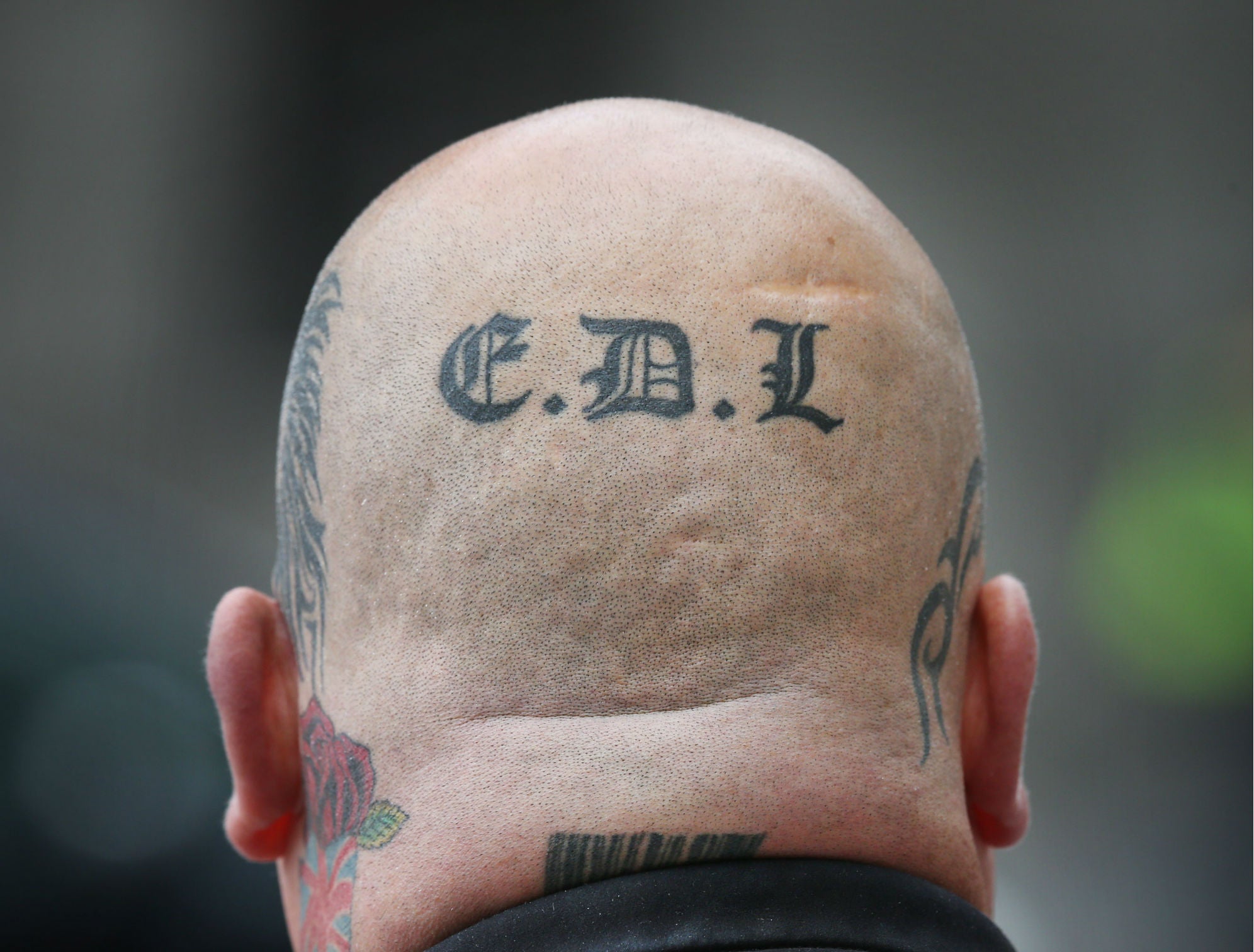Eighty years after the Battle of Cable Street the far-right isn't dead – it's gone mainstream
On the anniversary of the Battle of Cable Street, three people face charges of 'violent disorder' after disrupting the activities of immigration officers seizing a man from a shop on East Street in south east London

Your support helps us to tell the story
From reproductive rights to climate change to Big Tech, The Independent is on the ground when the story is developing. Whether it's investigating the financials of Elon Musk's pro-Trump PAC or producing our latest documentary, 'The A Word', which shines a light on the American women fighting for reproductive rights, we know how important it is to parse out the facts from the messaging.
At such a critical moment in US history, we need reporters on the ground. Your donation allows us to keep sending journalists to speak to both sides of the story.
The Independent is trusted by Americans across the entire political spectrum. And unlike many other quality news outlets, we choose not to lock Americans out of our reporting and analysis with paywalls. We believe quality journalism should be available to everyone, paid for by those who can afford it.
Your support makes all the difference.Eighty years ago today London’s East End stood up to fascists, taking on the British black shirts led by Oswald Mosley. The dramatic day of riots in defence of the community’s Irish and Jewish population would eventually become mythologised as the Battle of Cable Street. Since then, the area has become one of symbolic importance to both left and right. In 2013 I walked the same streets, now home to London’s largest Muslim community, protesting against the far right English Defence League.
In a perverse way, those days seemed much simpler. On one side of a police line a small group of middle-aged white men in camouflage gear held St George flags; on the other a younger crowd, community groups and local people, protested their presence in the heart of their community. There were scuffles and arrests (on that day in 2013, more than 160 members of the opposition march were arrested), but after the chanting, flag or banner-waving the far right would load themselves onto their coaches – they had great event-management skills – and the opposition crowd would disperse.
Since then the far right has been on the decline. Back in 2009 the British National Party (BNP) held 50 council seats and the English Defence League (EDL) organised regular street demonstrations. In the 2010 general election the party had 338 canidates and 563,743 votes. Come 2015 the party had eight candidates and 1,667 votes.
The far right has been pushed to the fringes. It is no longer a visible presence in our society. Yet, rather than finding its political expression on the streets, nationalist sentiment is emerging through the ballot box. Where once calls for the protection of the British way of life were consigned to furtive meetings in the back rooms of pubs, it became the clarion call of the Conservative party – and long before Brexit mania took hold.
In her latest remarks ahead of her speech to the Conservative party conference, Theresa May stated that controlling immigration would be the key basis for Britain’s departure from the EU. “We are not leaving the European Union only to give up control of immigration again,” the Prime Minister said. Indeed, during her tenure as Home Secretary May launched a campaign “to create a hostile environment” for illegal immigrants. While she may have missed her own immigration targets, it has not been for lack of trying. Over the past five years there has been an 80 per cent increase in immigration raids.
On the anniversary of the Battle of Cable Street, three people face charges of “violent disorder” after disrupting the activities of immigration officers seizing a man from a shop on East Street in south east London. The Anti-Raids Network, a London-based activist group, had been alerted to UK Border Agency vans and sent out alerts via social media and SMS messages. Rising to the defence of someone in their own community who risked detention and deportation, residents gathered to protest against his removal.
Riot police arrived, police dogs barked against the crowd, and residents fell to the floor. All for nothing: the shop worker who was seized was later deported from the UK. It’s little wonder that the atmosphere became charged so quickly. This was the fifth raid on the street that week.
This is where we find our own modern day versions of the Battle of Cable Street. Not protesting against far-right groups and anti-fascists stalking their old hunting grounds in the East End. But by standing up to the UK Border Force and the communities they seek to break up.
Join our commenting forum
Join thought-provoking conversations, follow other Independent readers and see their replies
Comments